October 17, 2023 was my last day at work. Following the end of the normal workday, I was honored with a dinner by my local colleagues (and was presented with gift cards for $500 at Guitar Center!). And then my retired life began.
It’s now been a week. There are many books and tales of how people adjust to retirement. Perhaps the most apparent to me is the ease of not having to adhere to a daily schedule. Oh, for sure there are places and times that I must still conform to, such as helping pack food for students, church services and activities, and the recovery meetings I attend. But each morning as I open my eyes, the first thing my eyes alight on is the clock, and my first thought is, “I don’t have to get up just yet.” I do anyway, because I’m now awake, but there is no pressure to do so.
I must learn to concern myself less with financial issues. One of the first tasks I undertook without needing to care about the time was to take my Mercedes in for what I thought was going to be a simple five minute fastener replacement. Nope. It turns out the loose fastener is due to my front bumper coming loose. I need a new front bumper. Sigh. So now almost immediately I’m faced with an unexpected expense (Mercedeses aren’t cheap to maintain). The two sides of my mind say, “Oh, boy, this is gonna hurt.” and “You’ve got the money. Be glad it happened now and not ten years into your retirement.” These are new thoughts, brought on by the knowledge I do not have a regular paycheck to refill my bank account.
Health coverage is another new facet to my retired life. My employer paid 100% of my health coverage and now I have to navigate the confusing waters of Medicare and its multiple “parts.” I have already confirmed my enrollment in Medicare Part A, but I’ve had to request a “replacement” card since I don’t recall ever receiving the original. And I need that in order to apply for Part B. The government says I should receive it within the month. A month!
Still, I have a long-anticipated trip to Peru looming. I paid for it while I still was earning a paycheck, so I’m not fretting the payment, and simply looking forward to my first adventure without having to set an out-of-office auto-reply on my email.
Finally, I’m making sure I still get my exercise. The weather recently made it easy to just sit on the couch reading, but my upcoming trip will be physically taxing, and I’m so used to moving my body that I am resuming walking and running. I went for a nice three mile walk yesterday, once again cognizant that I didn’t have to be anywhere (home) at any specific time. The weather was early Autumn wonderful, so I explored some new paths in my continuing knowledge of the community in which I live. I love that we have trails and paths. One day perhaps, I’ll have walked, run or biked them all!

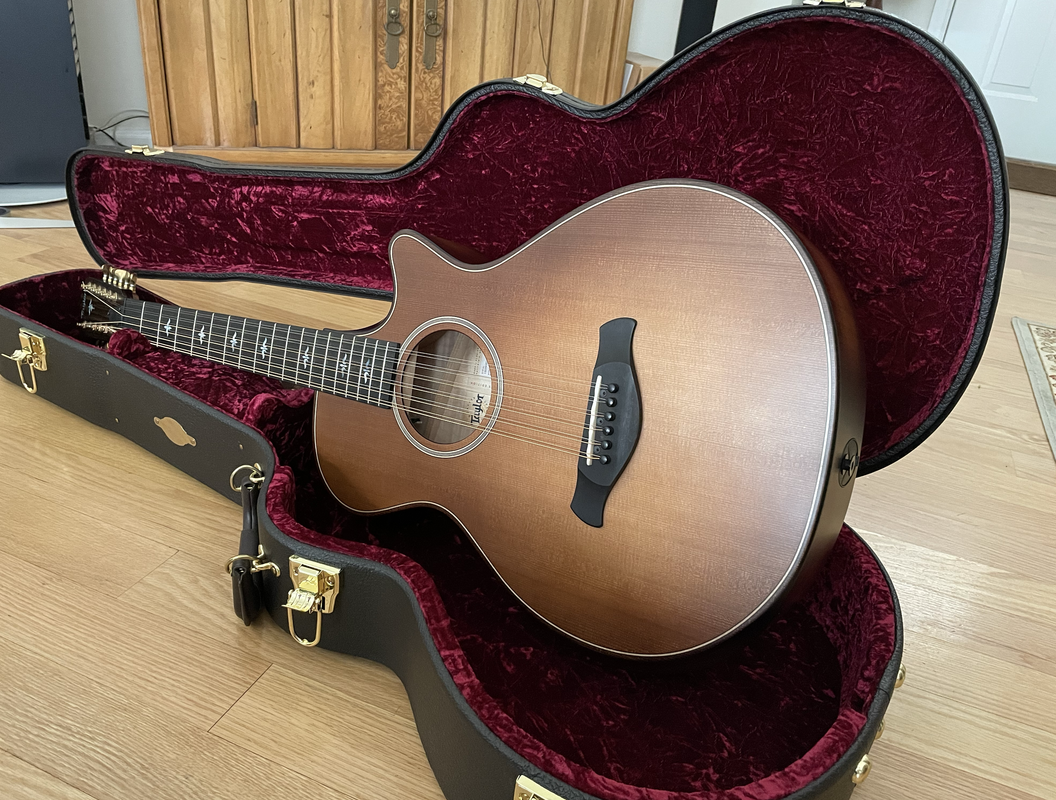
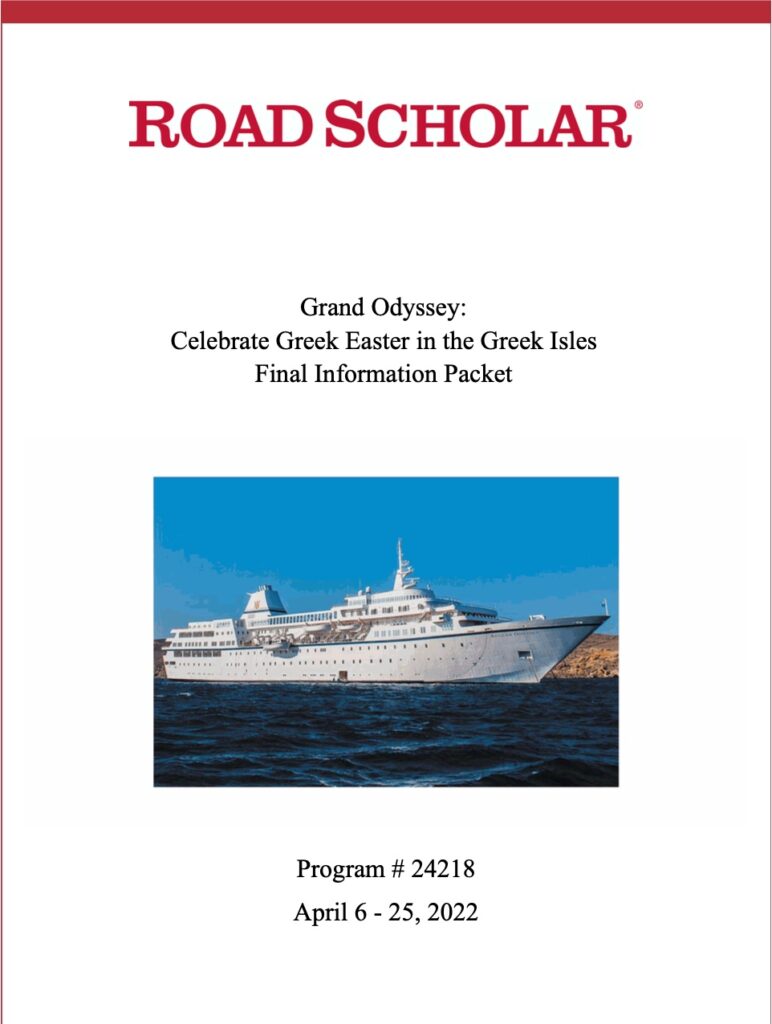


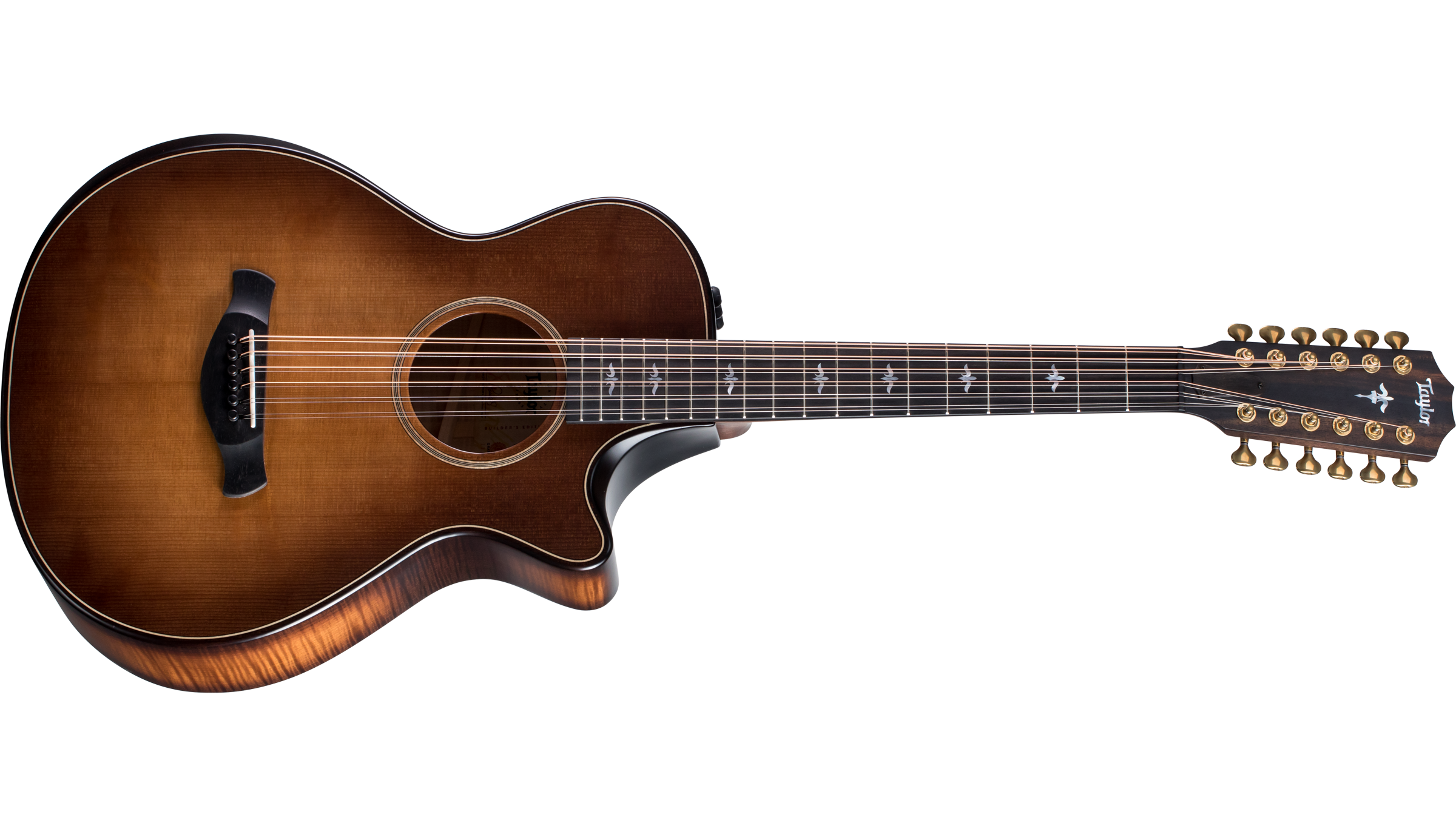
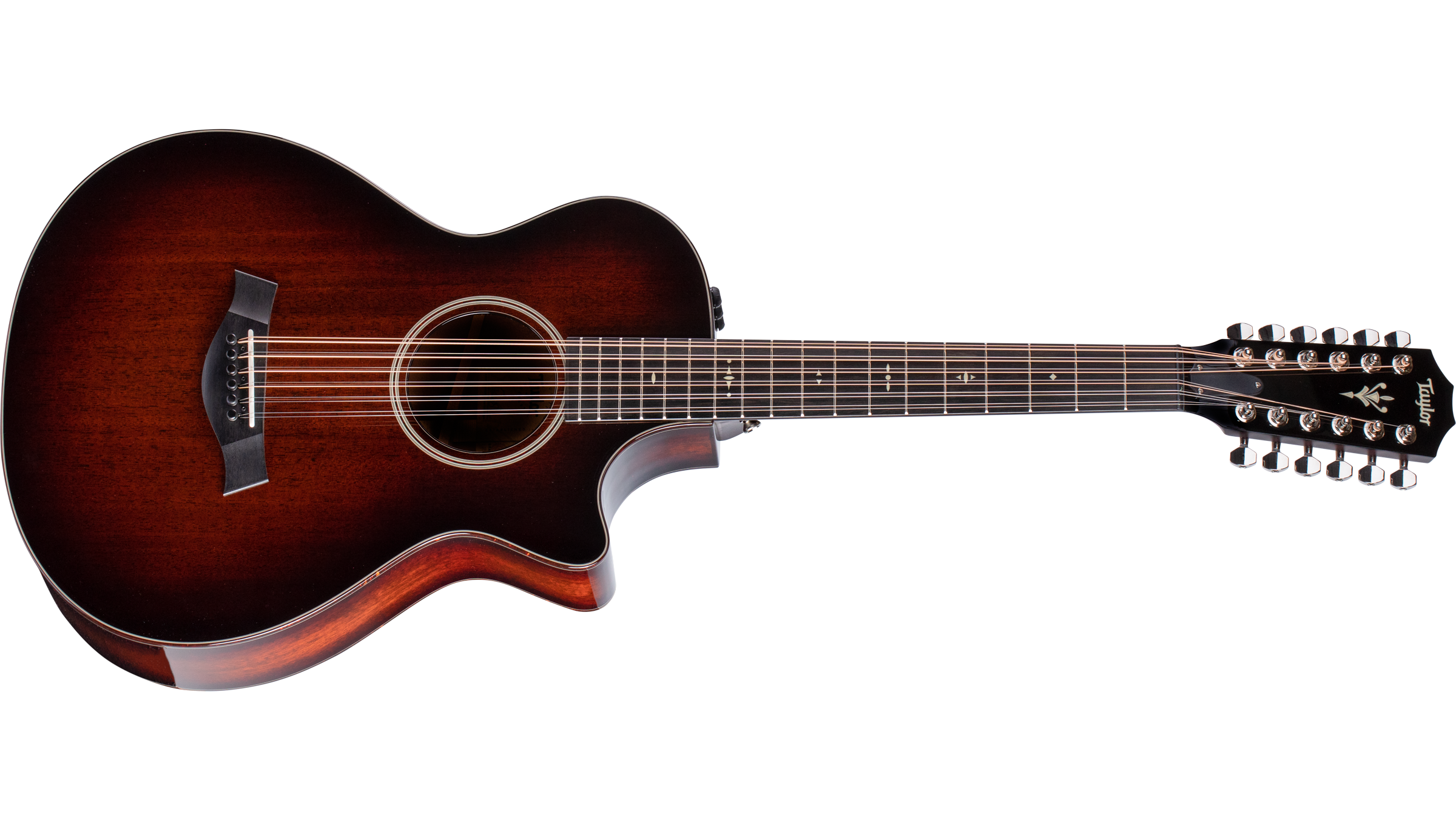
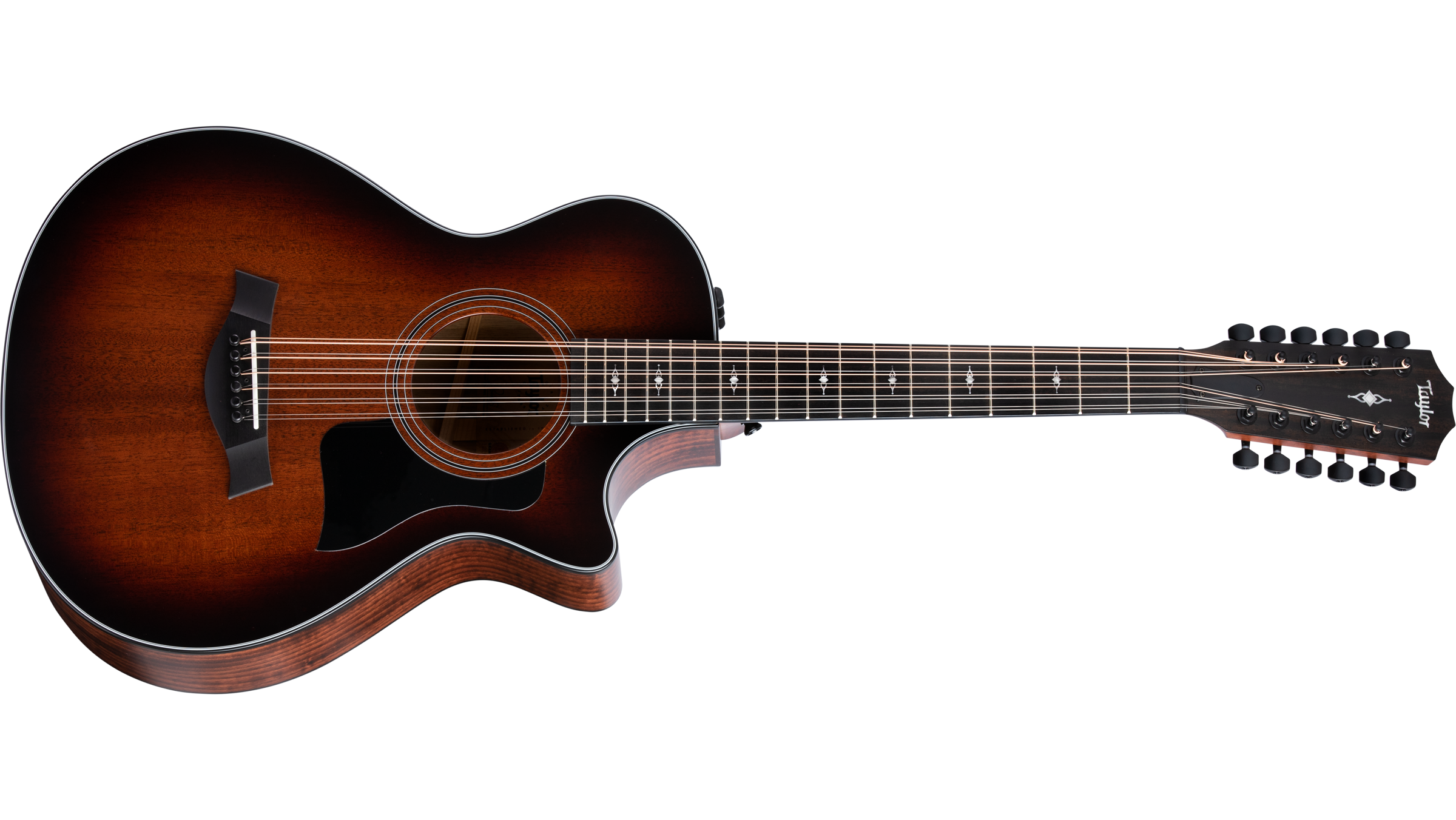

:format(jpeg):mode_rgb():quality(90)/discogs-images/R-5294660-1444917837-1136.jpeg.jpg)
%3Aformat(jpeg)%3Amode_rgb()%3Aquality(90)%2Fdiscogs-images%2FR-857158-1457900899-8899.jpeg.jpg&f=1&nofb=1http://)
%3Aformat(jpeg)%3Amode_rgb()%3Aquality(90)%2Fdiscogs-images%2FR-1344975-1448801400-3845.jpeg.jpg&f=1&nofb=1)
:format(jpeg):mode_rgb():quality(90)/discogs-images/R-391938-1394741346-1051.jpeg.jpg)
%3Aformat(jpeg)%3Amode_rgb()%3Aquality(90)%2Fdiscogs-images%2FR-8389057-1460660671-2338.jpeg.jpg&f=1&nofb=1)
%2BERIC%2BCLAPTON%2B-%2B461%2BOcean%2BBoulevard%2B-%2B1974.jpg&f=1&nofb=1)
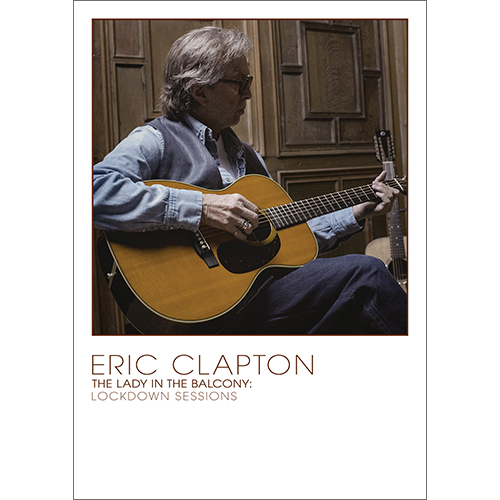
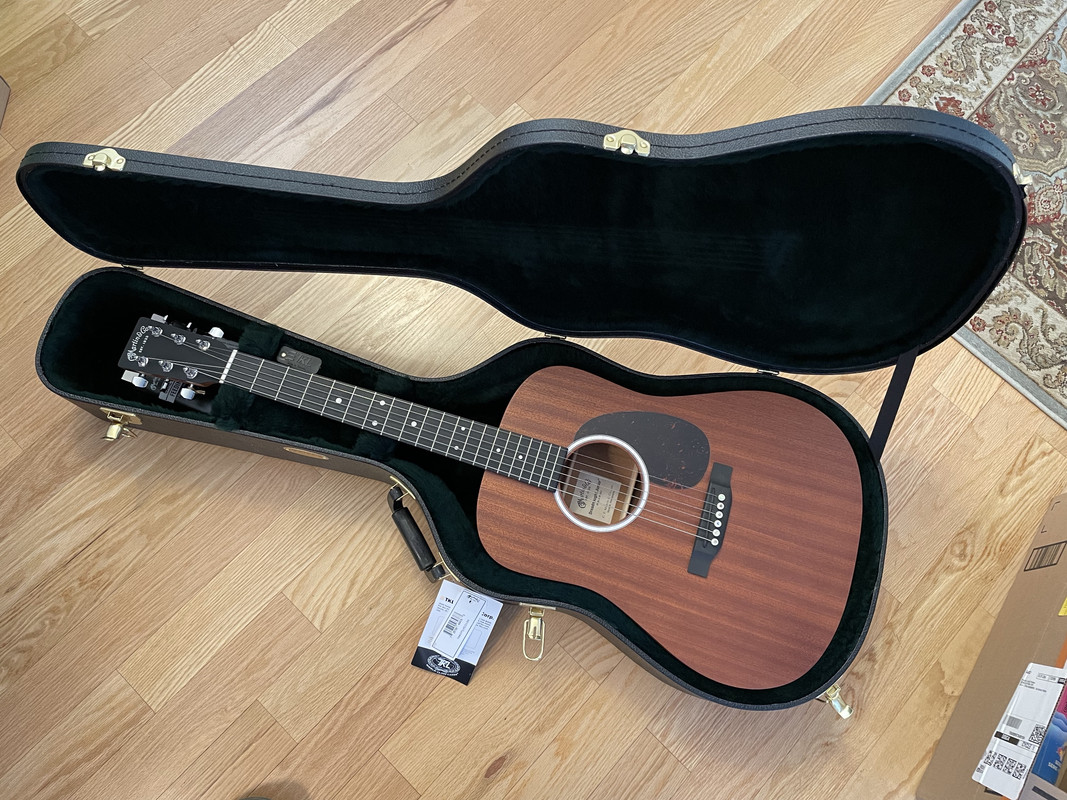



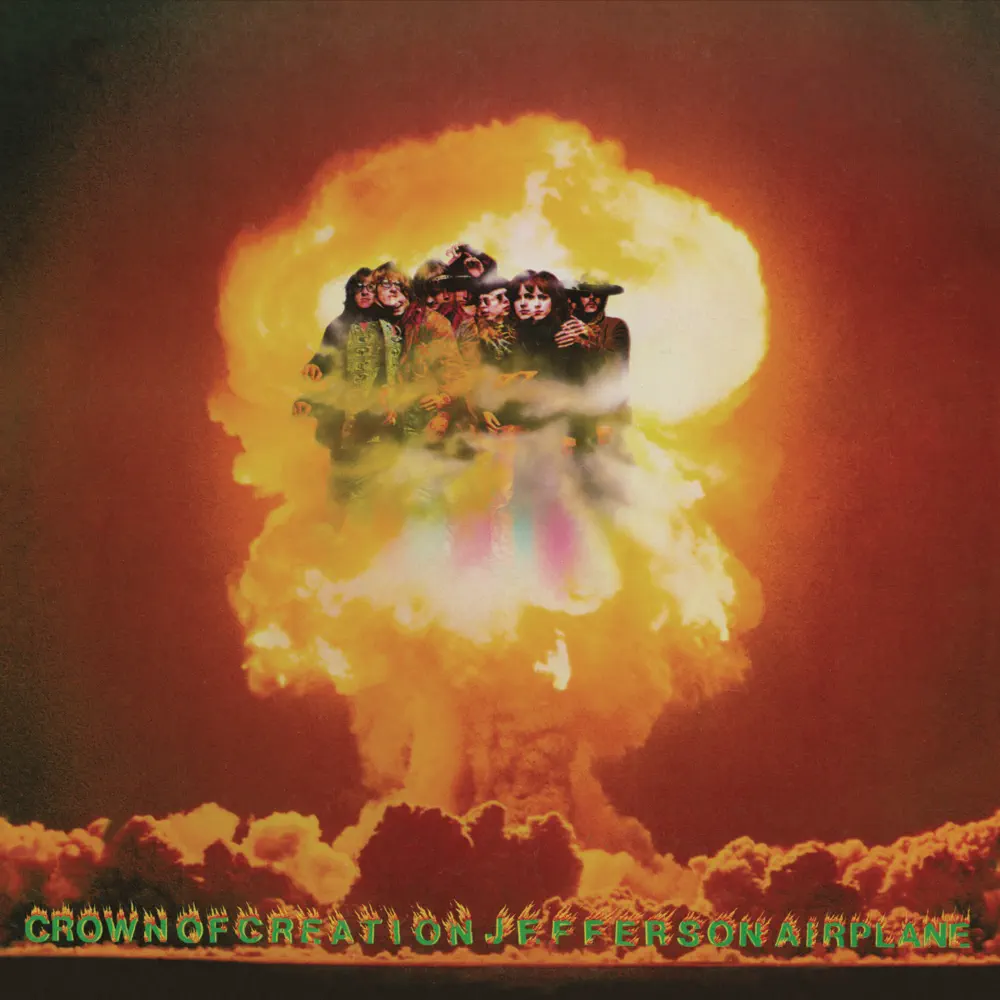

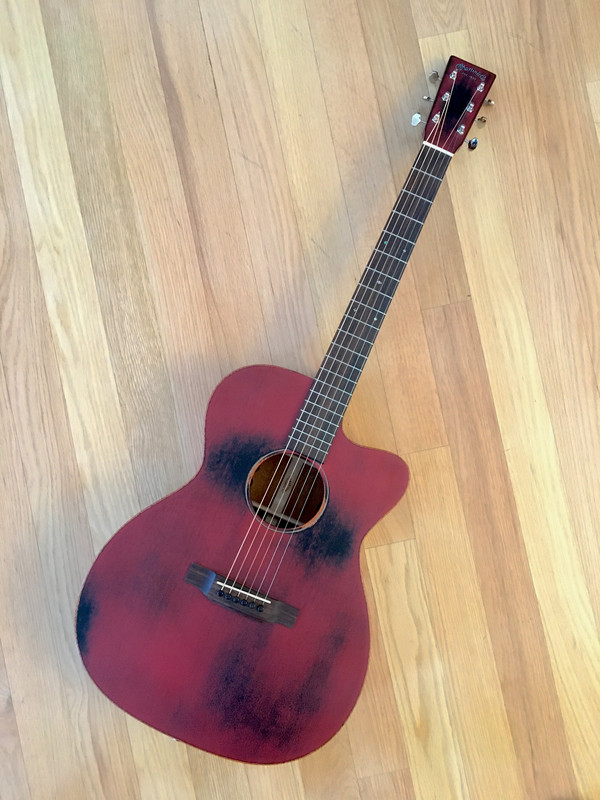
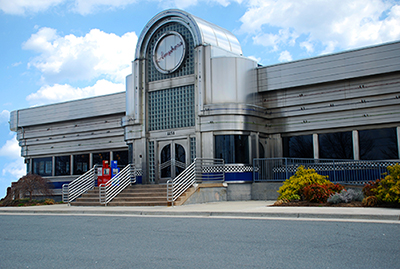
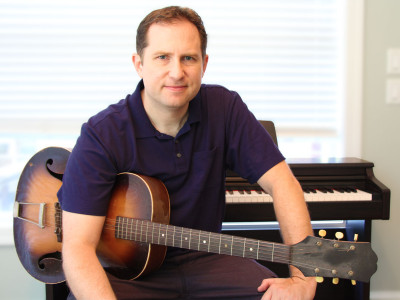

%3Aformat(jpeg)%3Amode_rgb()%3Aquality(40)%2Fdiscogs-images%2FR-4397435-1387570421-8736.jpeg.jpg&f=1&nofb=1)
